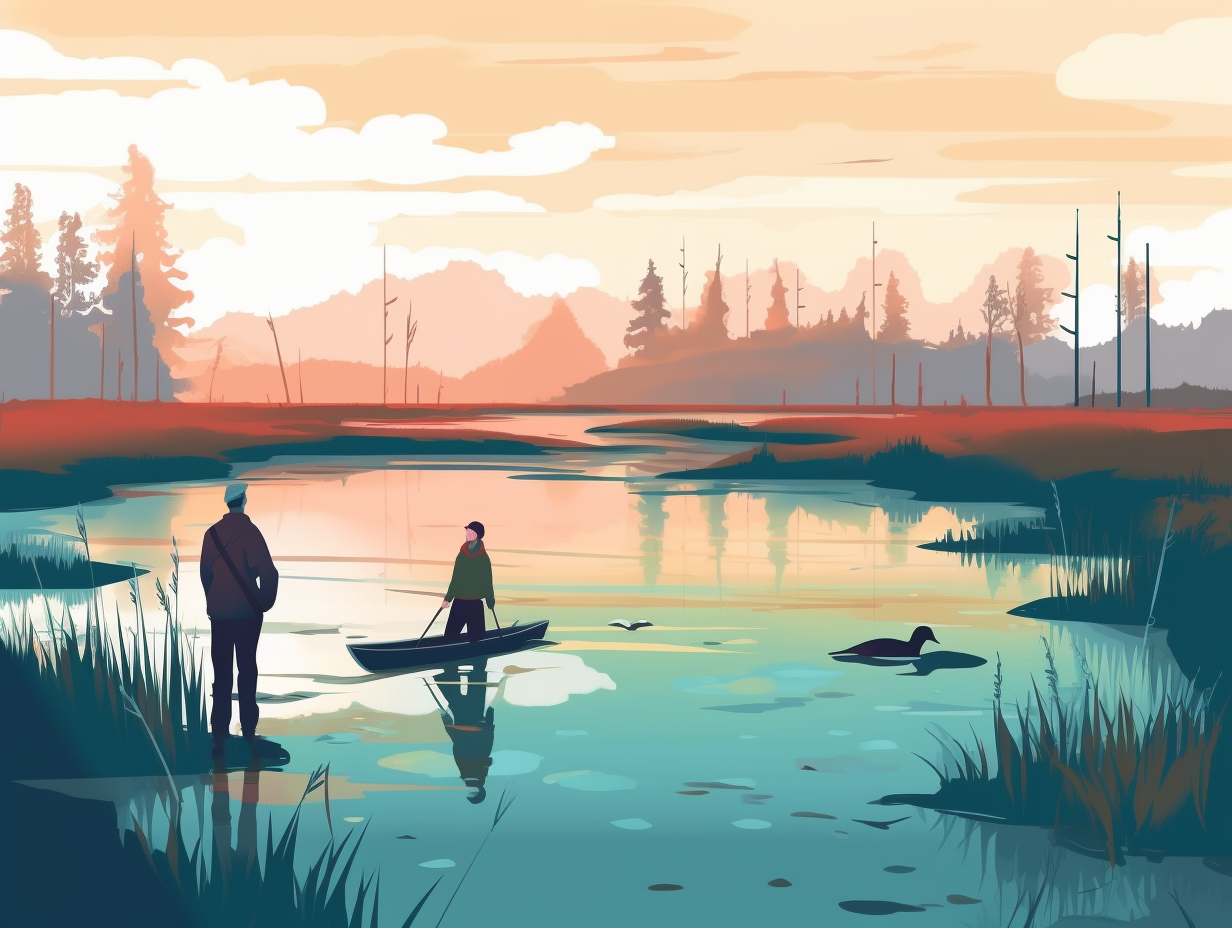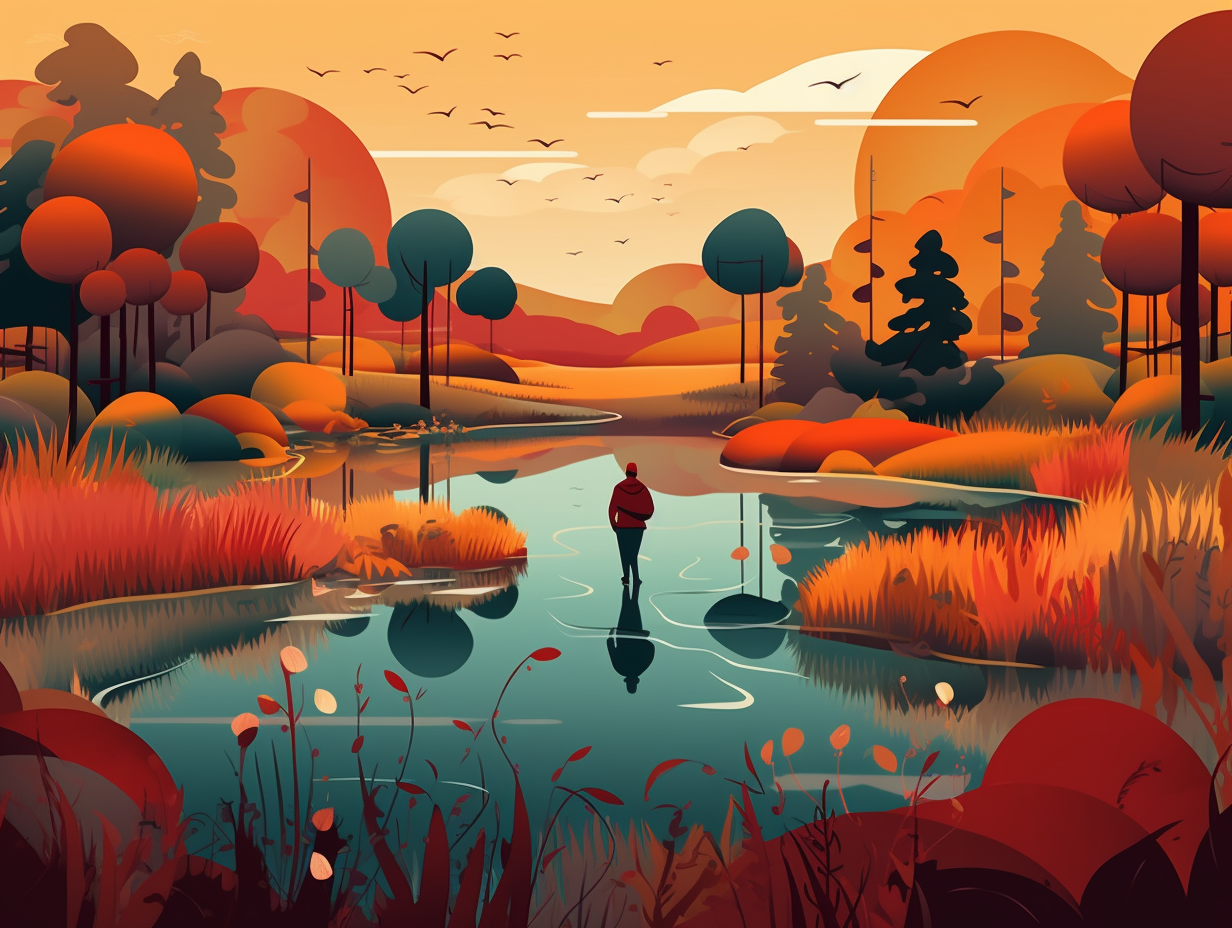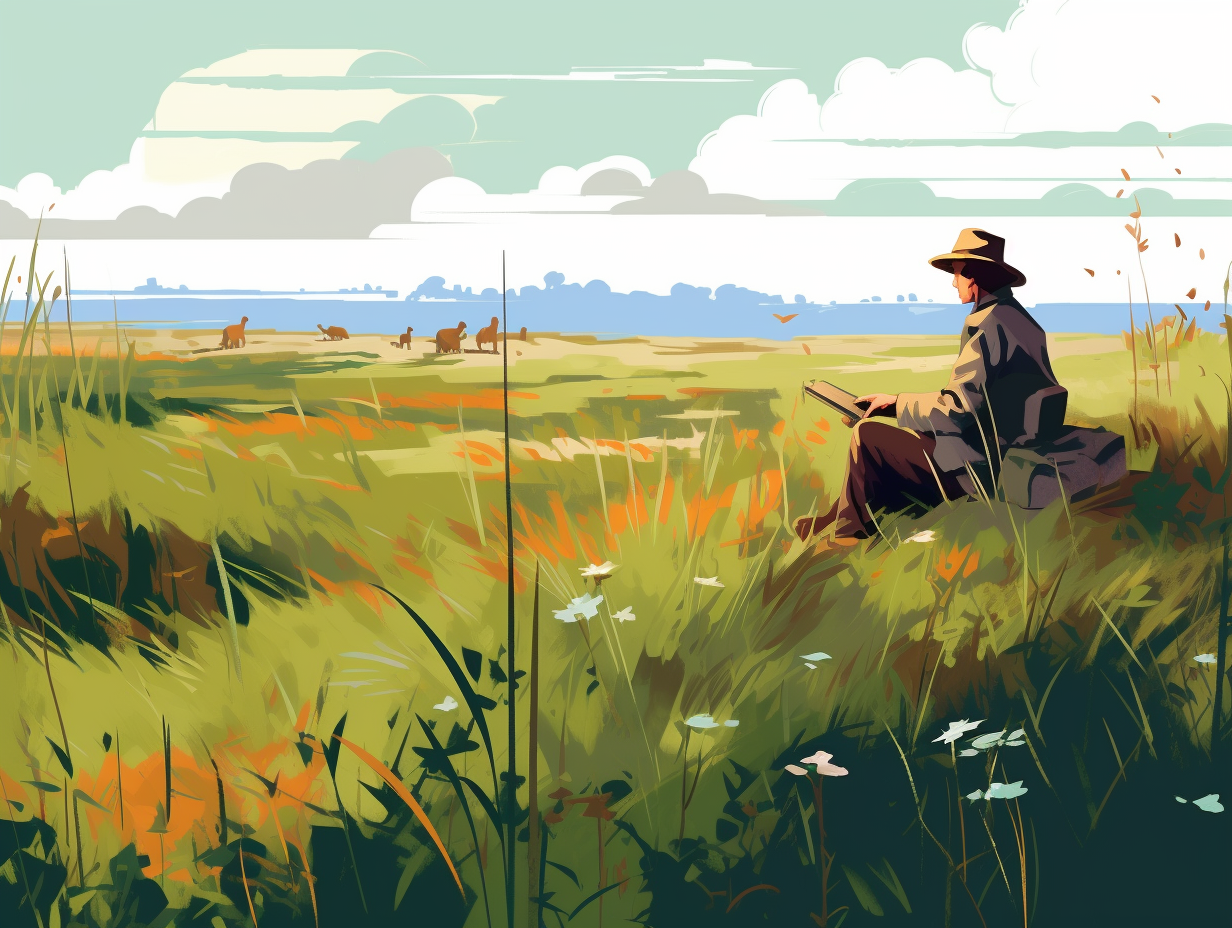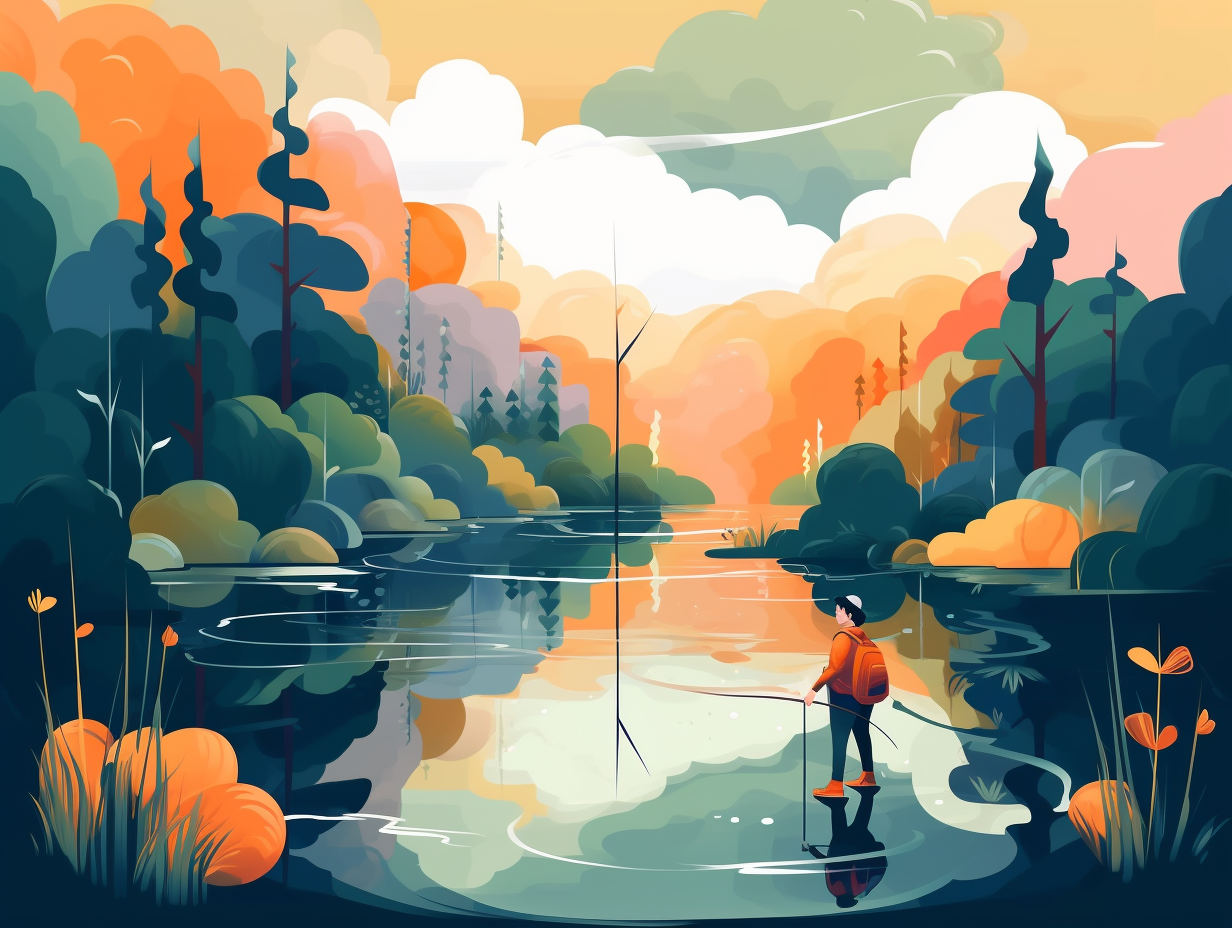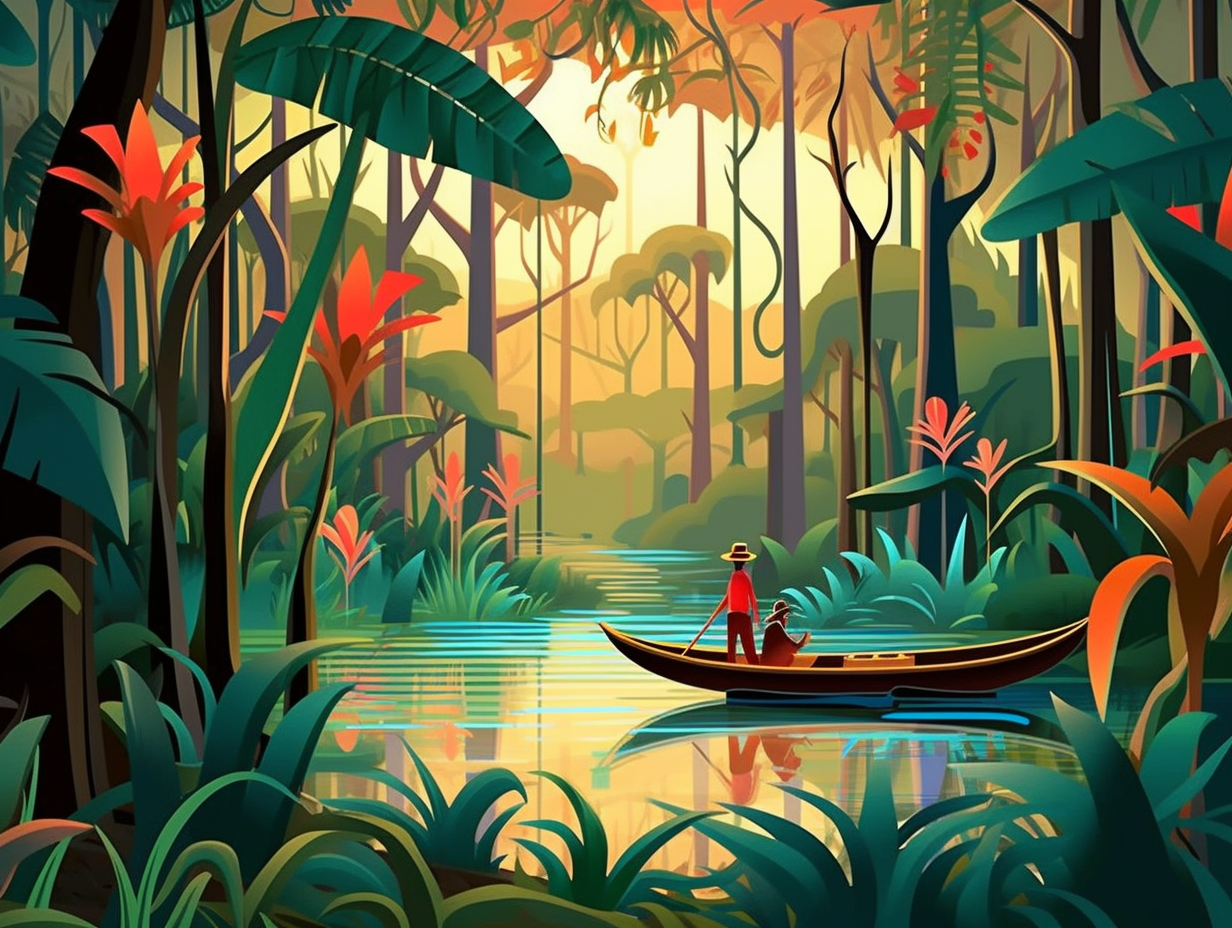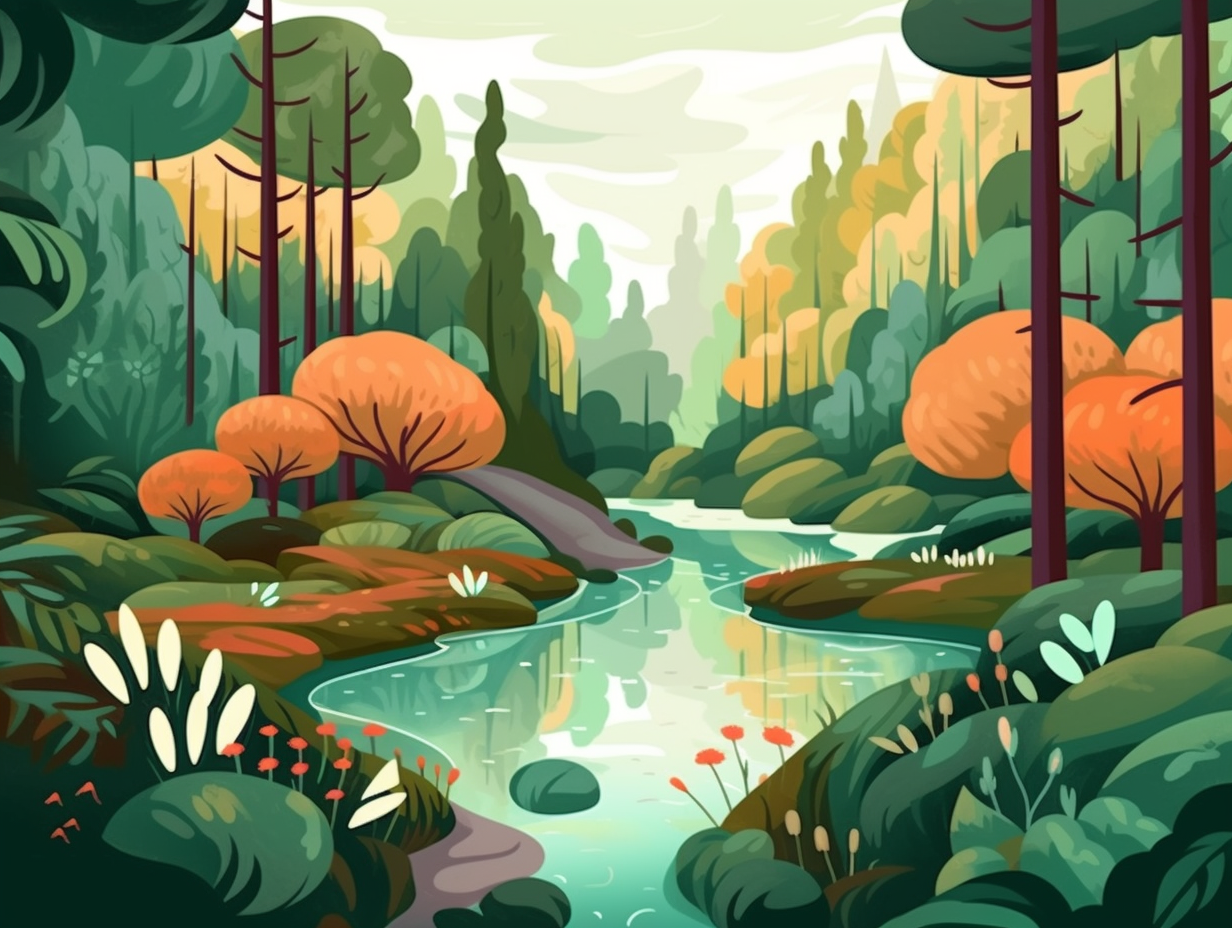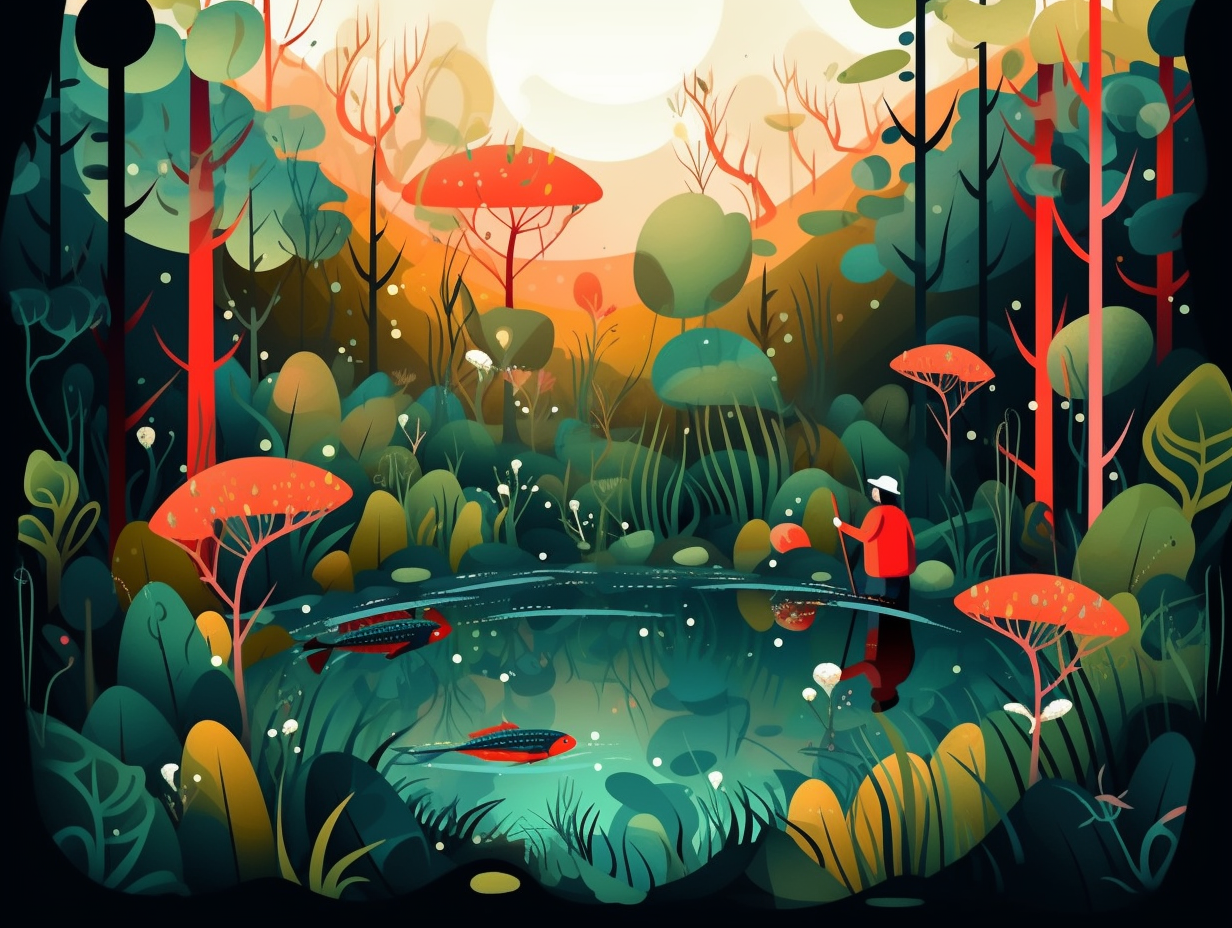Discover the Magic: 13 Amazing Fun Facts About Forests You Won't Believe!

1. Tree Yoga Masters
Trees in the forest must have taken a deep breath from practicing so much yoga, because they've become experts at exhaling oxygen: Through the process of photosynthesis, forests absorb carbon dioxide and water, and in return, generously gift us with the ever-so-precious oxygen and glucose needed for the survival of most living organisms.
Source => nationalgeographic.org
2. Brazil's Tree Treasure
Get ready to Brazilian wax poetic about trees: Brazil boasts an impressive 8,715 tree species, half of which are unique to the country, making it the richest country globally in tree diversity!
Source => npr.org
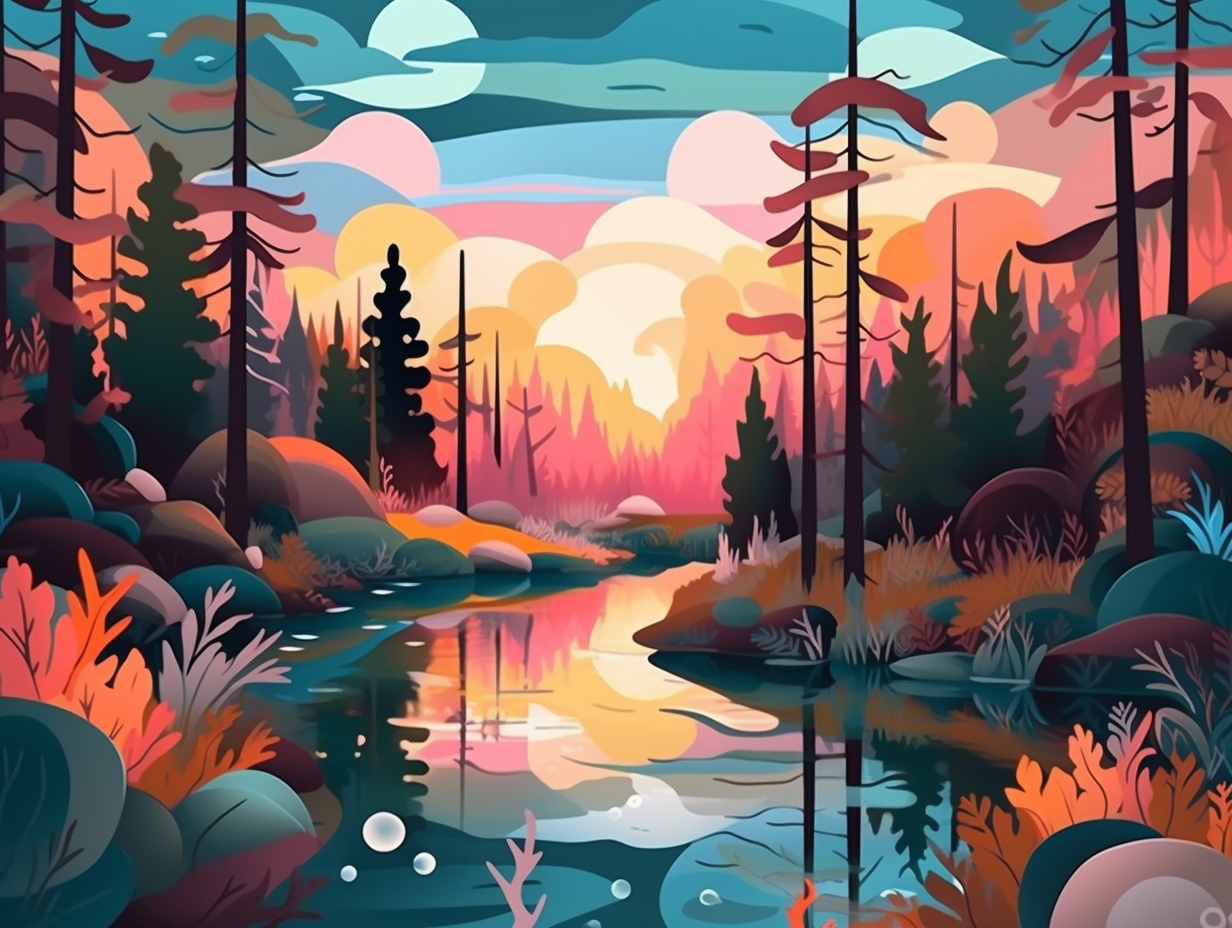
Did you know the boreal forest, found in Alaska, Canada, Northern Europe, and Russia, stores an incredible 22% of all carbon on Earth's land surface? Discover its secret carbon storage and why it deserves attention in climate change talks! 🌲🌍
=> Fun Facts about The-Boreal-Forest
3. Forests: Noah's Ark 2.0
Step aside Noah, your Ark's got nothing on a forest: Forests are home to over 80% of terrestrial species on Earth, providing a thriving ecosystem for creatures from minuscule insects to massive mammals.
Source => acaai.org
4. Eco-friendly Vacuum Trees
Trees ain't just nature's skyscrapers, they're also eco-friendly vacuum cleaners, hoovering up carbon dioxide like there's no tomorrow: According to Oxford University, forests are responsible for removing around two billion tonnes of carbon dioxide from the atmosphere annually, but we'll need 1,300 times more removal from new technologies and twice as much from trees and soils by 2050 to keep global temperatures in check, under 2 degrees Celsius above pre-industrial levels.
Source => reuters.com
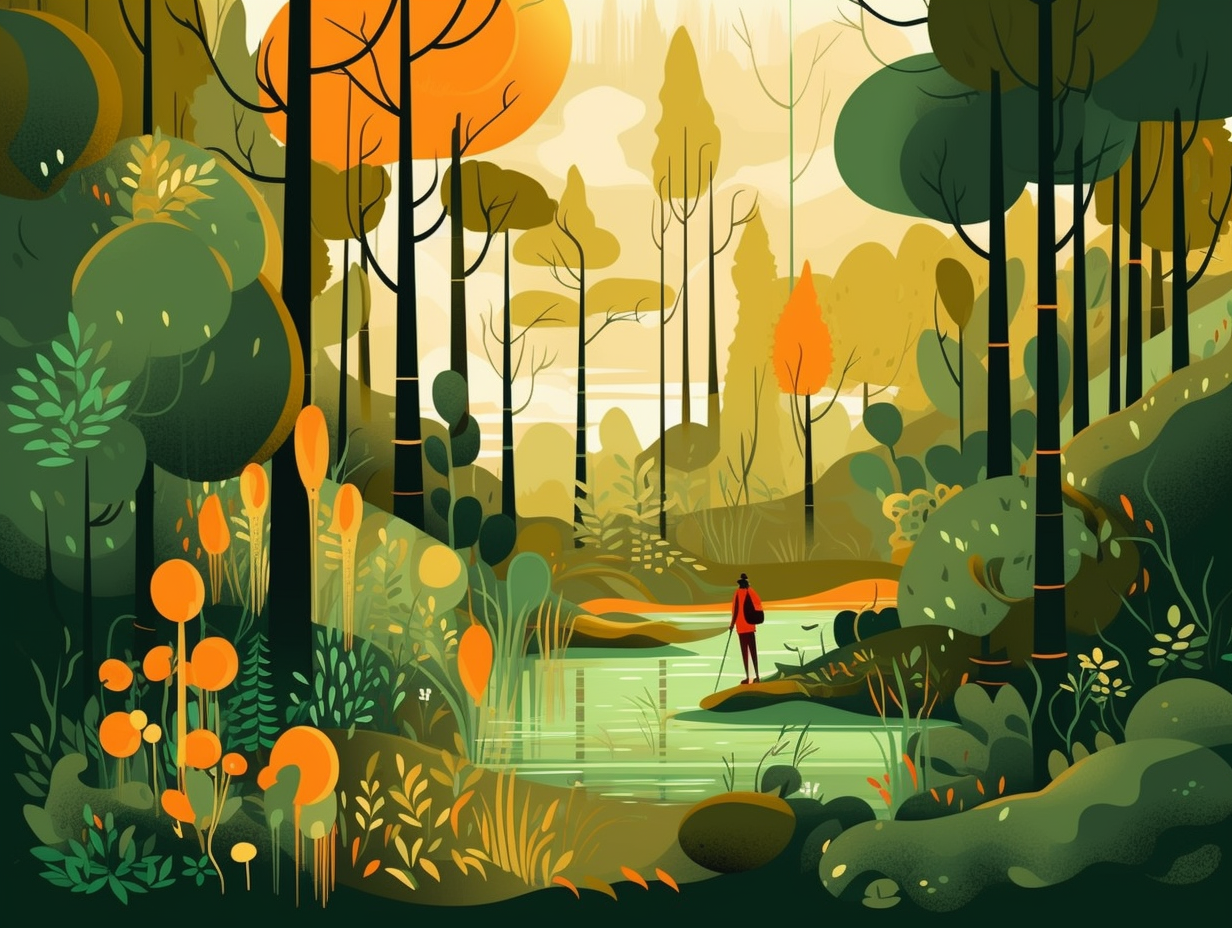
5. Sneaky Anti-Growth Trees
When trees play a game of "anti-grow-opoly": Some trees, such as English laurel, bearberry, and goldenrod, employ a sneaky survival technique called allelopathy, where they release inhibiting chemicals to stunt the growth of nearby plants, effectively eliminating any botanical competition.
Source => gardeningknowhow.com
6. Methuselah: The AARP Tree
Talk about an ancient tree-tment: Methuselah, located in Inyo National Forest, is a bristlecone pine that boasts an impressive age of nearly 4,800 years, making it the oldest known living organism on Earth. Top secret to protect it from pesky vandals, this hardy tree thrives in the remote wilderness between California's Sierra Nevada range and the Nevada border and can withstand harsh conditions such as extreme cold, high winds, and dry soils – giving it an AARP membership for trees.
Source => usda.gov
7. Urban Forests for a Better Life
Who knew that creating a "sylvan paradise" in the concrete jungle could be our ticket to a healthier, happier, and safer life? The Lorax would be proud: Planting more trees in urban areas not only helps offset carbon pollution, but also improves mental and physical health, boosts academic performance, provides relief during heat waves, and can even contribute to reducing crime rates – although, sadly, access to these urban forests is unequal across different communities.
Source => yaleclimateconnections.org
8. Forests Supporting Billions
If a tree falls in the forest and no one is around to hear it, is it still supporting over 1.6 billion people? Oh, the philosophical conundrums: Forests, with their sprawling greenery and chorus of critters, not only house a cornucopia of plant and animal life, but they also provide subsistence, livelihood, employment, and income for more than 1.6 billion people worldwide, proving to be an essential resource for human well-being and sustainable development.
Source => un.org
9. Malaria-fighting Tree Bark
Before the jungle delivered us tonic water for the perfect gin and tonic, it gave us the ultimate "cinch" against malaria: In South America, around 400 years ago, Jesuit missionaries stumbled upon the cinchona tree and discovered its bark contained quinine, an essential anti-malarial drug. The legend goes that an Indian accidentally drank from a quina-quina bark-contaminated source and found relief from his fever.
Source => ncbi.nlm.nih.gov
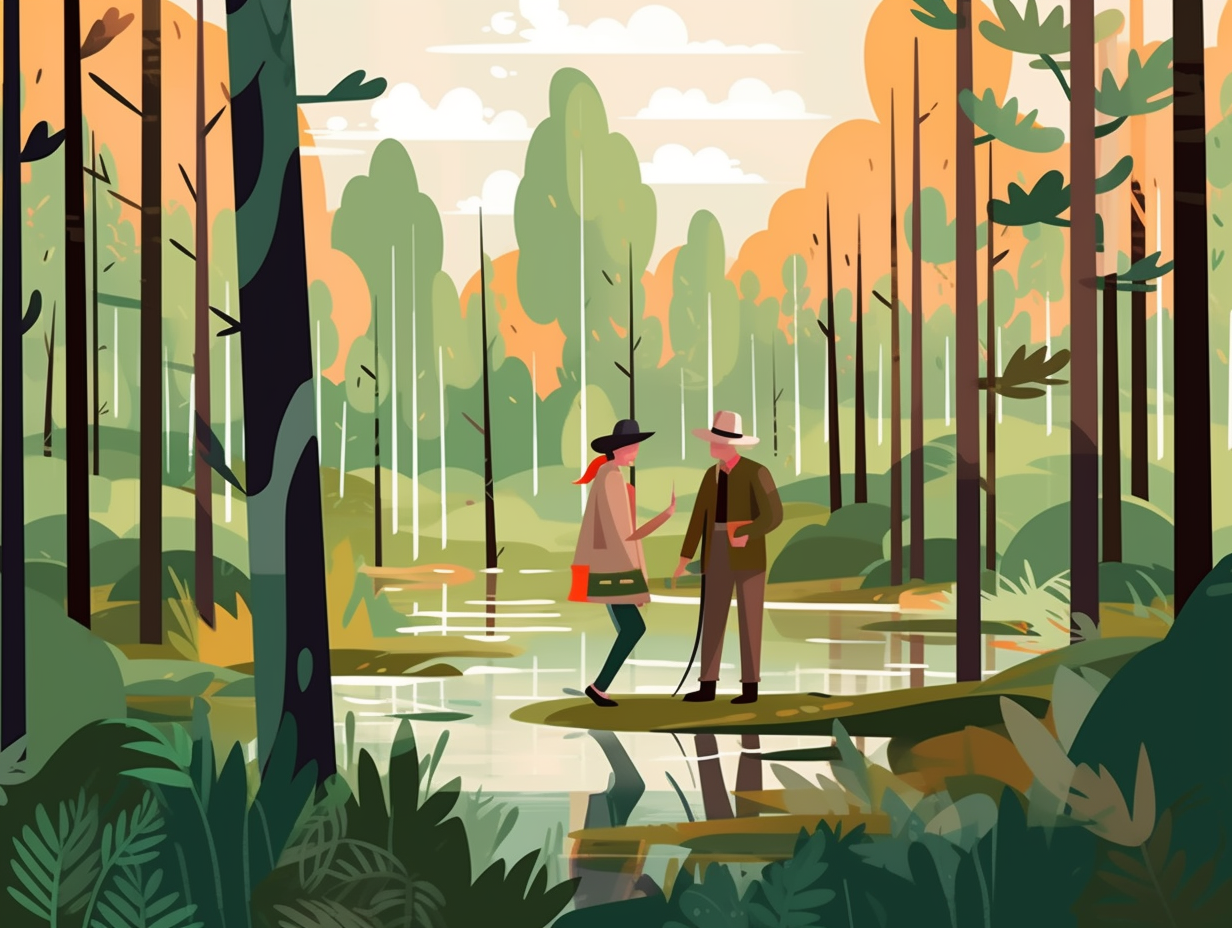
10. Trees Defying Time
Talk about ancient wisdom - trees have cracked the code on longevity! They sure know how to branch out and stand the test of time: Some slow-growing trees can live for hundreds of years, with the Mingo White Oak in the U.S. reaching a ripe old age of 600, and the Rocky Mountain Douglas Fir at El Malpais still kickin' at almost 1000 years old!
Source => homefortheharvest.com
11. Sapling's Deer Defence
Don't go stealing candies from a baby, but watch out for tree saplings that know how to bite back! No, they haven't joined Hogwarts, but they're brewing their own magical potions: Young saplings can actually detect when deer damage their buds, triggering a chemical defense by creating astringent tannins and salicylic acid to not only spoil the taste but also stimulate growth hormones in their remaining buds.
Source => iflscience.com
12. Tree Tango: Inosculation
You'd think trees were the quiet, introverted type that wouldn't mingle, but plot twist! Some of them are quite the social butterflies, weaving their branches and roots together in a delightful, arboreal tango: Inosculation happens when the branches or trunks of two trees merge as their cambiums connect, an intriguing spectacle most common among tree species with thinner barks like beech, chestnut, and hazelnut – often referred to as "husband and wife trees" or "marriage trees" due to the beautiful symbiosis.
Source => en.wikipedia.org
13. Breath-taking Tree Superpowers
Trees sure know how to take our breath away – literally: A mature tree can absorb more than 48 pounds of carbon dioxide from the air in a single year through its superpower called photosynthesis, whereby it transforms carbon dioxide and water into sugars using sunlight, all while ensuring our air is cleaner and our planet healthier.
Source => usda.gov
Related Fun Facts




